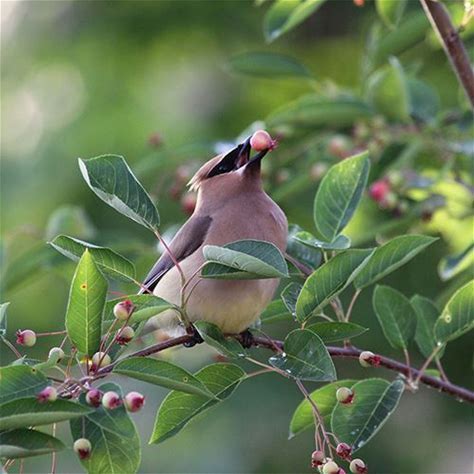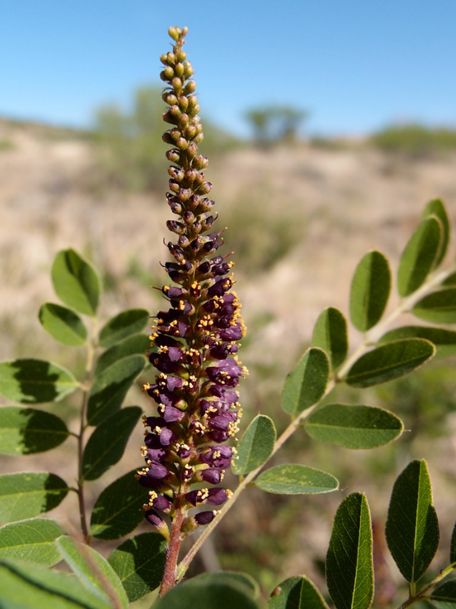Going Native? Start with Shrubs
- 2024-05-02
- By mkirk
- Posted in Horticulture, The Garden Buzz
By Lucinda Greene, Colorado Master Gardener Emeritus

Are you thinking about a landscape conversion to save water? Do you want to attract more pollinators to your yard? Are you overwhelmed with all the choices and don’t know where to start?
More people are seeking low-maintenance and low-water alternatives to traditional turf-heavy suburban landscapes. Investments in decks, patios and other hardscape features that increase outdoor living spaces, along with installation of artificial turf, is on the rise. While these two choices do reduce water use by converting existing turf areas, a landscape conversion using native plants also provides shelter for wildlife and supports native pollinators, while cooling the area with plants that sequester carbon and give shade.
As with any landscape change, it’s best to start with a plan. Because of the water-saving advantages to turf conversion, many water utilities, including Centennial Water, Aurora Water, and Denver Water and many local municipalities offer resources, suggested plant lists, planting plans and rebates for turf conversion.
Begin by observing the areas that you want to convert from turf. Note the amount of sun the space receives, determine the soil content, and look for areas that might need screening or provide views that you want to protect. Soil tests are available for a nominal fee and can help you decide if any amendment is needed to support the new plants you select. Because native plants are adapted to our local environment, they can handle our tough soils, including rocky gravelly soils and heavy clay.
Remove turf and any invasive weeds or grassy weeds. You may use a sod-cutter or hand spade, use glyphosate or other appropriate herbicides, or try sheet mulching. Each method has advantages and disadvantages including the amount of labor and time needed for effective removal. Be sure to plan to provide irrigation to the new plant material until it is established. Also be sure to provide adequate irrigation for trees that remain in the landscape if they were previously watered with the lawn.
When selecting plants, consider diverse choices that:
- provide winter shelter, including evergreens and broadleaf evergreens
- produce nectar attractive to bees
- produce seeds and fruits for birds and other wildlife.
Take a walk in your nearest open space or natural park for inspiration. Note which plants clump together and which plants look attractive near each other because of complementary or contrasting leaf shapes, habit and structure.
Because many homeowners and HOA managers are not familiar with native plants and may consider smaller new transplants to be weeds, we recommend starting with shrubs when designing a native plant landscape. The size and scale of these plants helps provide definition to the landscape and are a low-maintenance way to get acquainted with natives. Shrubs grow quickly, provide habitat and are inexpensive per square foot.


Three shrubs that we love are serviceberry, Amelanchier alnifolia, boulder raspberry, Rubus deliciosus and leadplant, Amorpha fruticosa. The serviceberry is a large shrub, 6-10’ in height with small, rounded leaves. The plant has white spring flowers and a beautiful orange, red fall color. Boulder raspberry, a medium-sized shrub at 4-6′, has an arching growth habit with interesting peeling bark. Large white flowers in spring are followed by raspberry-like fruits. Boulder raspberry can take some shade. Leadplant is a smaller shrub, 4-6’ at maturity, with distinctive blue flower spikes blooming in the summer on lacy foliage. All three shrubs have a low to medium water requirement after establishment.
By landscaping with native shrubs, you can reduce your water footprint and create a beautiful diverse landscape that supports pollinator and wildlife habitat. Please see this fact sheet for more information on landscaping with native shrubs: Native Shrubs for Colorado Landscapes – 7.422 – Extension (colostate.edu)
Horticulture Resources
- Garden Buzz Archives
- CSU Extension Resources
- Colorado Master Gardener Program
- Foothills to Plains Native Plant Master Program
- Native Bee Watch Community Science Program
- The Co-Hort Blog
- PlantTalk Colorado
- Soil Testing
- Plant Select
- Emerald Ash Borer
- Japanese Beetle
- Colorado State Forest Service
- Ask an Expert


